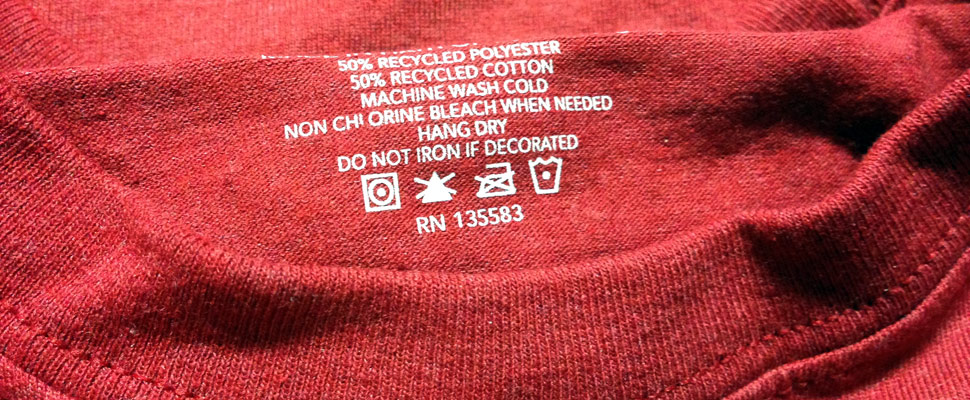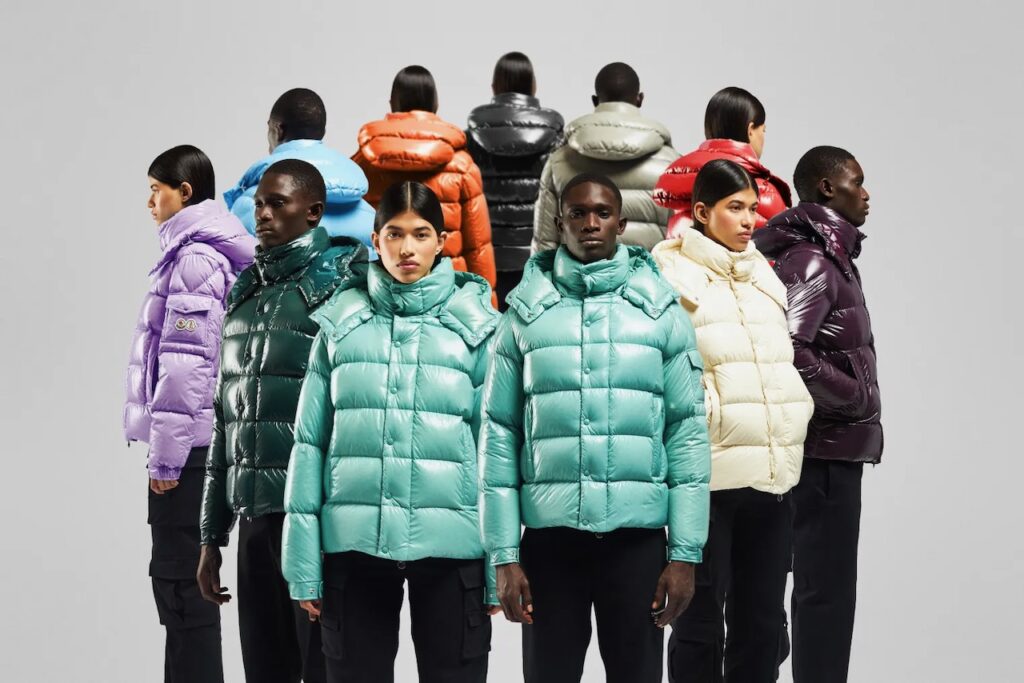The fashion sector has begun to realize the negative environmental effects of fabrics in the cycle of industrial overproduction and overconsumption. Lately, we are witnessing more and more brands pledging to join the sustainability efforts, with some clear pioneers leading on the frontlines.
Sustainable fashion is right there on our doorstep, and walking through said doorstep is more plausible than ever thanks in part to new material technology. However, almost every sustainability effort comes with a fatal drawback: reliance on recycled synthetic fabrics to compensate for the environmental effect of mass production. With that in mind, a question comes to mind: can we really be sure that synthetic fabrics contribute to sustainable fashion?

Source: NC State University
Recycled synthetic fabrics, like recycled polyester, seemingly looks like a sustainable alternative to their virgin synthetic counterpart. It is an objective fact that recycled materials use 30-50% less energy during production and generate 54% fewer CO2 emissions. However, experts say that the environmental effects are still to be considered because the industry still relies on fossil fuel-based materials that are non-biodegradable. If we add the eco-conscious perspective to this equation, recycled synthetics may be subjectively more harmful to the eco-practices than we had initially imagined. In fact, recycled synthetic fabrics can easily act as a way of greenwashing, but why exactly?
As much as we try to raise awareness for the health of our oceans, we also need to realize the possible dangers that the ocean’s ecosystem may face. Recycled or virgin, synthetic fabrics shed fossil-based micro-plastics when washed. These environmentally dangerous materials pass through waterways and end up in the ocean, only to be ingested by aquatic creatures. This is a major threat to ocean life.
 Source: Ocean Clean Wash
Source: Ocean Clean Wash
Sustainability goals sometimes clash with functionality. Especially for outdoor, footwear, and technical apparel. What we mean by this is that synthetic fabrics perform well in various environments thanks to their inherent characteristics such as waterproofness, light-weight, or stain resistance. One may even argue that the use of synthetics, when appropriate, can contribute to garments’ durability and reduce the need for overproduction, but we are yet to see the results on those claims. One thing is for sure though: according to the 2021 Synthetic Anonymous report of Changing Markets Foundation, multiple brands recognize the dangers of synthetic fabrics and declare their will to reduce the reliance on them.
There are those who attempt to investigate and solve the issues derived from synthetic microfibers. Consumers can be mobilized to use a micro-fibre filter when washing the garments, or brands can encourage the research-development process to promote designs that minimize shredding. In any case, we should focus on educating both the fashion industry and its participants on the fact that recycled synthetic fabrics aren’t as innocent as we may deem them.
 Source: Ciclo
Source: Ciclo
Is there an eco-friendly solution to this issue? Unfortunately, we can’t be 100% sure yet. We can only be sure that the sustainable transformation of the fashion industry is far beyond the replacement of materials and fabrics; it is a broader competition between two materials in the production process: natural and synthetic materials. There is a trade-off between environ-mentality and functionality. The perfect technique is yet to be discovered, but we believe that the technology can offer an eco-conscious, balanced solution to functionality concerns.
As consumers, we need to be aware of the dangers of synthetic fabrics and push the brands to keep that in mind and act on this issue accordingly. We believe the fashion industry should be transformed into a sustainable model, and with our choices, we can be the ones who fan the flames of that transformative fire.













